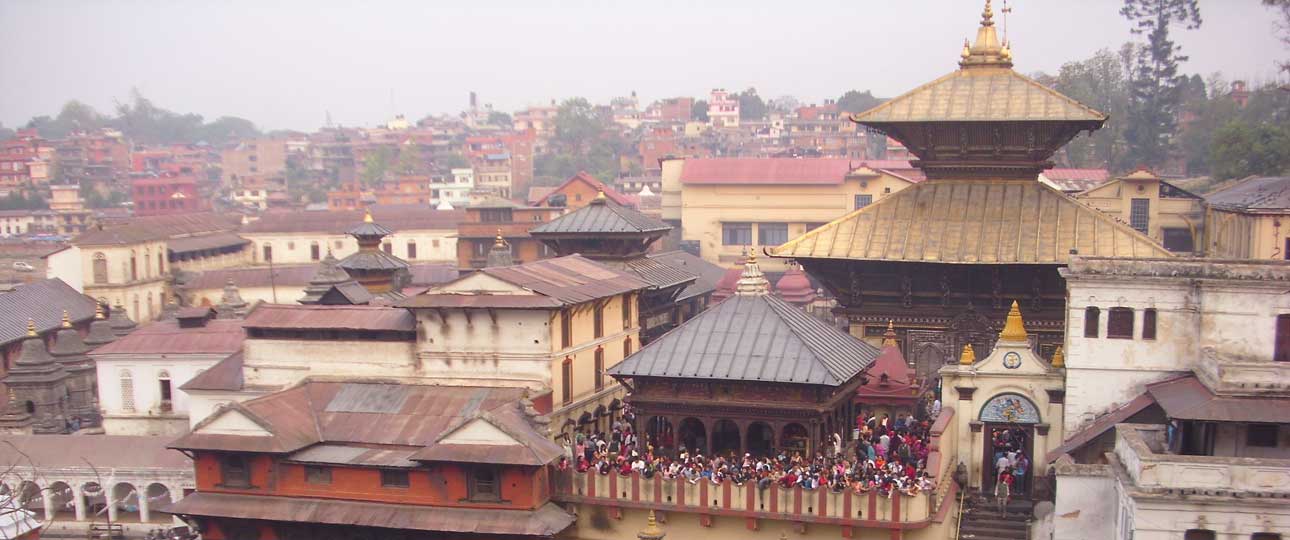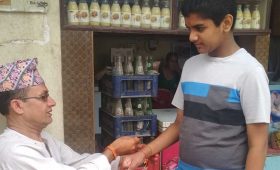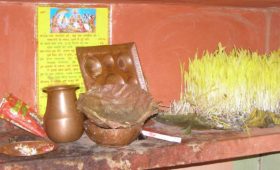Nepal is a vibrant country with full of feasts and festivals. This small Himalayan country has many celebrations throughout the year in different parts of the country. There are many ethnic groups and people having their own unique culture and festivals such as Shree Panchami, Lhosar, Maghe Sakranti, Maha Shivaratri, Holi, Buddha Purnima, Teej, Dashain, Tihar and Chhath etc. Likewise, each of these communities has their own type of costumes, ornaments and traditions to celebrate festivities. Nepal Observes Maha Shivaratri today.
Among the major Hindu festivals, Maha Shivaratri is one of the significant festivals to celebrate in Nepal which literally means ‘Night of the Shiva’. The festival usually falls on the 14th day of the dark fortnight of the Magh month (February-March), according to Hindu lunar calendar. Nepal Army performs a special military parade in Tundikhel as the Maha Shivaratri also remarks as the Army Day.
Maha Shivaratri festival is devoted to Lord Shiva. So, people gather at the temples dedicated to Lord Shiva throughout the country. Similarly, ascetics of Lord Shiva keep fasting for the whole day and worship the Omni God wishing for the well-being and prosperity of themselves and their family members. A great fair is organized at the holy Pashupatinath Temple on this day. This sacred temple lies on the bank of the Bagmati River. Hundreds of thousands of devotees from around the country including India pay a pilgrimage tour to the Pashupatinath Temple.
Related article:
Pilgrimage Tours in Nepal
Pashupatinath Temple tempts millions of tourist flock each year being itself as the UNESCO World Heritage Site. Hindus especially come for Pashupatinath darshan while other than Hindus enjoy the culture and mystic surrounding of the temple. The gold plated temple with the beautiful silver doors is surrounded by other smaller temples dedicated to different Gods and Goddesses attracts devotees all the year round.
Additionally, Sages and Sadhus ‘Baba’ add extra charm to this festival. They are present around the temple with a layer of white powder (ash) on their body. The bright turbans, accessories and their dreadlocked hair are the major attractions for tourists. While a tourist passes by them, posing for the camera has become their new side job. People believe that Lord Shiva dwells in this small embodiment along the bank of the Bagmati River with lush Mrigasthali forest.
Lord Shiva refers to as the destroyer in Hinduism. But it is also true that creation follows destruction. The ash on Shiva’s body is crematory which denotes to the philosophy of life and death and informs that death is the ultimate reality of life. The flow of his entangled hair represents Shiva as the Lord of Wind or ‘Vayu’; which is the subtle form of breathe necessary to all living-beings. Legend tells that Shiva allowed an outlet to the great river ‘Ganga’ to traverse into the earth finally and supply water. The third eye of Lord Shiva indicates spirituality and there is a myth to eradicate all evils.
News coverage on Maha Shivaratri:
Certainly, Nepal is the land of Lord Shiva, the Lord of the Lords. Hindus have a belief that Lord Shiva is present everywhere. The sacred Hindu texts state that Mount Kailash in the Himalayas is the abode of Lord Shiva. Shiva, the Destroyer of Evil is among the most praised and worshiped of all the gods by the Hindus. One of the interesting aspects of Maha Shivaratri is that people are free to smoke intoxicating substances such as marijuana and ‘bhang’ as it is the only day when the use of marijuana becomes legal.




